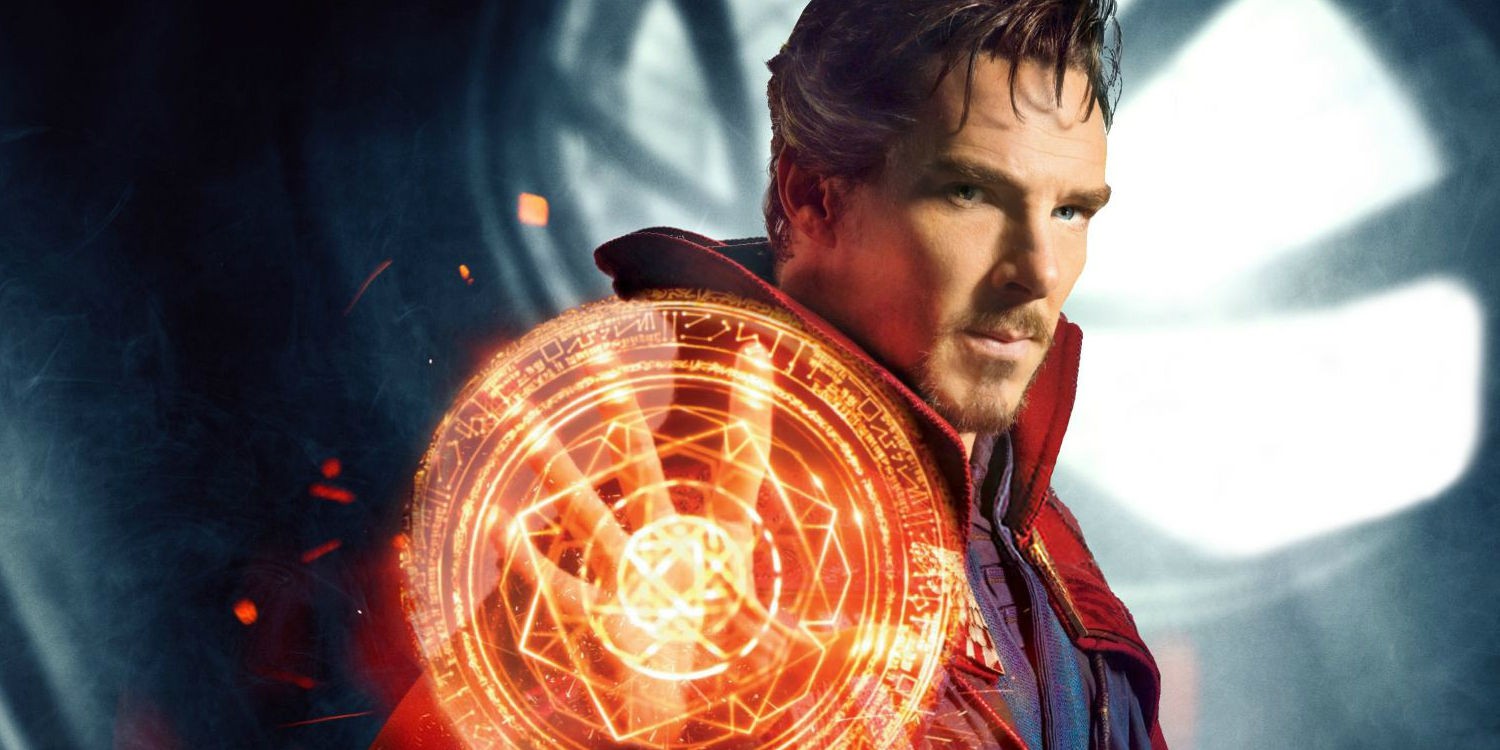The key to any successful magic trick is misdirection. Dazzling the audience with visual spectacle keeps their attention away from the secrets of the trick. Even if you pick up on these secrets, you are willing to forgive any shortcomings because you just saw a good show. It’s only fitting that Doctor Strange, a film where sorcery is featured prominently, is a master of misdirection. The mind-blowing visual effects shift attention away from the familiar origin story and underwritten characters.
Stephen Strange (Benedict Cumberbatch) is successful neurosurgeon with a major ego. While Strange is a professional, he turns away patients who are incurable to avoid damaging his excellent record. Strange’s career falls apart when a car accident permanently damages his hands. Refusing the comfort of his assistant and love interest Christine Palmer (Rachel McAdams), Strange journeys to Kathmandu, Nepal in search of the Ancient One (Tilda Swinton) who was able to cure a patient Strange had rejected and deemed incurable. Upon arriving in Nepal, the Ancient One and her pupil, Mordo (Chiwetel Ejiofor), show Strange that there are other dimensions that exist alongside their own and train him in the ways of the mystic arts. Strange learns that Kamar-Taj, the compound where the Ancient One and Mordo reside, is a sanctum where disciples learn sorcery in order to protect Earth from otherworldly threats. A danger surfaces in the form of the Ancient One’s former student Kaecilius (Mads Mikkelson) who plans on summoning a powerful being known as Dormammu in order to destroy reality.
An ego-driven character learning to be responsible has been shown in numerous superhero films-such as Iron Man. While the story is redundant, it allows viewers to learn along with Strange as Mordo and the Ancient One explain concepts of time manipulation and alternate dimensions. The world building is appreciated but unnecessary, as the opening scene involves characters manipulating reality but never feels confusing.
Doctor Strange’s strength comes from the supernatural elements. The various dimensions presented aren’t barren wastelands consisting of faded colors, but rather, they are abstract realms bursting with vibrant shades of purple. Action scenes aren’t simply people muttering incantations and hurling beams of energy at each other, but instead they are manipulating the environment around them. A show-stealing chase scene in New York features Strange and Mordo attempting to escape Kaecilius. During the chase, the city becomes a weapon: roads fold in on themselves and characters run up the sides of buildings.
Benedict Cumberbatch is well known for his work in film (Star Trek: Into Darkness) and television (BBC’s Sherlock), yet he is able to transform himself into Doctor Strange. Cumberbatch captures the arrogance and ego Strange possesses as neurosurgeon as well as the composure he acquires after becoming Doctor Strange. The amazing performance makes the rushed character arc frustrating. Strange’s training, where the majority of his character development takes place, is limited to a couple of scenes. After Strange masters sorcery and becomes a reformed man, the remainder of the story deals with Strange’s efforts to defeat Kaecilius and protect humanity. Without any more character development, it is difficult to become invested in Strange’s efforts to defend Earth. Any acts of benevolence, especially during the climax, don’t feel satisfying because Strange would’ve performed them earlier if the opportunity arose.
Strange’s companions are more compelling characters. The Ancient One posses a unique philosophy of moral ambiguity that isn’t usually present in mentor characters such as Yoda. Moreover, Mordo is frequently at odds with Strange and is assisting him simply out of a need to defend Earth, not companionship. This strays from the typical sidekick, such as War Machine from the Iron Man films, who often blindly follows the hero.
Mads Mikkelsen has proven that he can play effective villains from Le Chiffre in Casino Royale to the title character of NBC’s Hannibal, yet, despite a great performance, Kaecilius fails to be an intimidating villain. A brief conversation with Strange illustrates how Kaecilius believes that his actions are for the greater good, but more character interactions are needed for him to serve as an effective foil to Strange.
Doctor Strange features colorful and surreal imagery that serves as a fantastic centerpiece. With a strong emphasis on presenting incredible action and a thoroughly explained world, the characters and story feel secondary. The extensive world-building makes the film feel less like a standalone film and more like a pilot for subsequent adventures. However, what is magical about Doctor Strange is how the beautiful visuals and inventive set pieces make any issues with the characters and story disappear.


